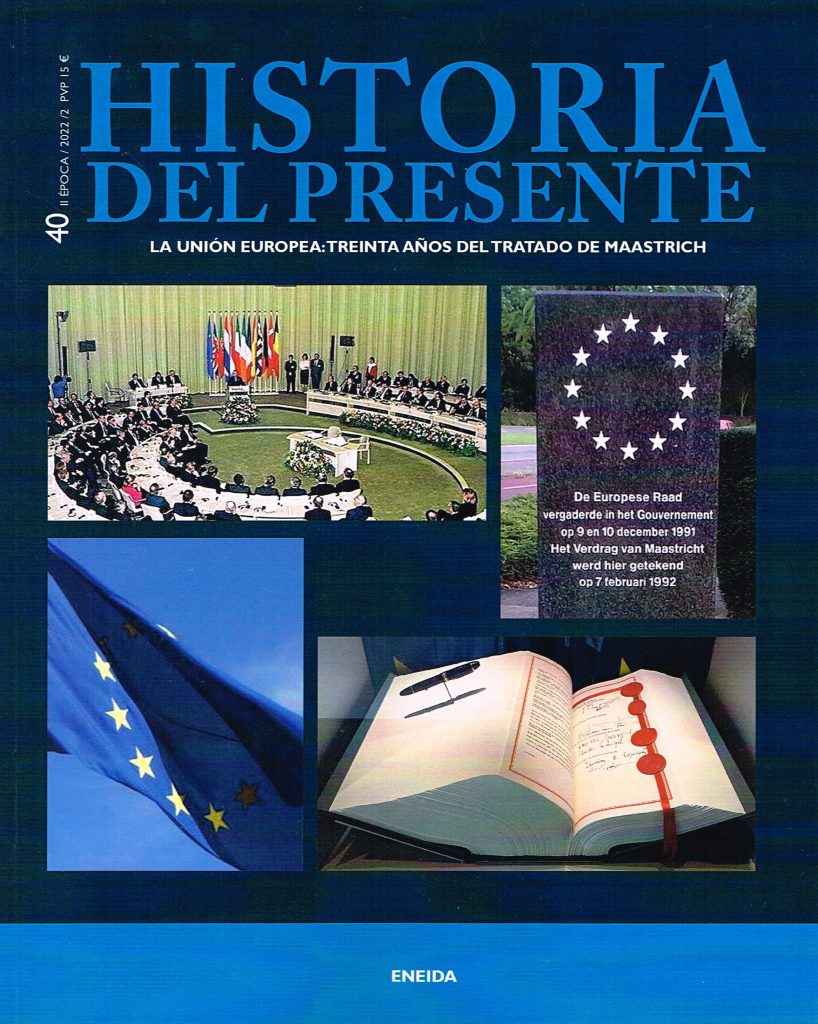Maastricht and the institutional development of the European Union
DOI:
https://doi.org/10.5944/hdp.40.2022.39036Keywords:
Political cooperation, European Union, Single European Act, Lisbon Treaty, integration, Maastricht TreatyAbstract
This article describes and analyses the institutional structure established by the Maastricht Treaty, as the result of a long process of reform and conceptual and institutional construction that culminates with the establishment of the European Union. The result of this process is a complex construction that brings together under the common roof of the Union an area of integration –the pillar of the European Communities– and an area of political cooperation –the pillar of cooperation in foreign policy and the pillar of cooperation in justice and home affairs–, which is the heir to the European Political Cooperation.The article maintains the thesis that it is the contribution of numerous projects of institutional construction and reform, and the European political cooperation –including the Single European Act– that leads to the constitutional construction that takes place in Maastricht and what still determines the current EU constitution, after the Lisbon Treaty. The article ends with a brief analysis of how this institutional structure that governs the EU has evolved after the reforms of the Lisbon Treaty and how it performs in practice.








